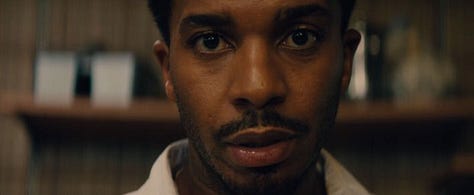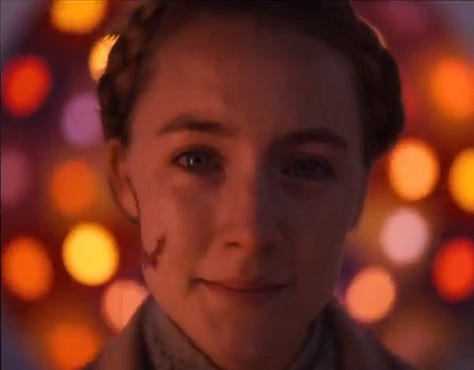Some months ago, I picked up a book entitled 101 Things I Learned in Film School by Neil Landau with Matthew Frederick. A lot of it had to do with the technical aspects of filmmaking—developing shot sequences and navigating the practical aspects of production—but I was really enamored with the book, considering how much of it already felt familiar to me.
For as long as I can remember, I’ve wanted to tell stories. Vocationally, I’m a writer, and in my day job, I even work as an editor. I primarily write in the genre of prose fiction, but I can never write without acknowledging in some way the fundamental influence that cinematic technique has on my narrative senses. What I mean is that whenever I write, I am always imagining myself as a film director, working out the best place to put the camera, telling the actors how they should say their lines. However, this perspective also extends to other aspects of my writing life, whether that’s revision (editing room and reshoots), scheduling (production management), submitting (distribution), and even applying for grants, fellowships, and scholarships (executive production).
I don’t know if I would ever be successful at actually directing even a short film (personally, I think project management is one of my worst skills). When I was in high school, I used to live out this ambition in the way teenage filmmakers usually do—writing outlines and scripts on intermediate pad, convincing classmates to star in my films—and then I never followed through with it from college onward. I do know, however, that whenever I am working on a piece of writing, it is impossible for me to work without thinking of how my cinematic heroes might reveal a piece of information or where they point the camera to focus on one character’s sense of emotions. Jonathan Demme, for instance, was famous for his extreme close-ups, filling the entire frame of a shot with the actor’s face as they stare straight down into the camera. Demme used this set-up for different effects, but he was always methodical about its use and deployment, which is exactly how it is for writers and words. In point of fact, it is no accident that French filmmaker Alexandre Astruc, one of the earliest proponents of auteur theory, famously described the camera as the director’s “pen.”



Film continues to have an impact on my writing life, and in some cases, I feel I lean to it more than I do to contemporary literature in enriching my art life. Towards the end of college, I watched a lot of video essays about film story, and listened to a lot of podcasts about how directors figure out a story on set. I’ve since learned so much about how to make story beats feel as tight and efficient as possible from seeing how filmmakers cut scenes. I realized only recently that this perspective and approach to learning how to write is not all that common, so in there I found an opening to share how I build and sustain my endeavors in fiction.
So here’s how the newsletter’s gonna go: every two weeks, a new post. In each post, I take one point from 101 Things I Learned… and recontextualize it to talk about writing fiction. Because I like to think that craft advice for writing film is so applicable to writing fiction, I’m going to try as much as possible to discuss examples exclusively from film. (Of course, this is a rule I will eventually break, but I think it leans towards the premise of this newsletter that I try to follow it as long as possible.) Every post will come with up to two actionable exercises that hopefully teach you how to transpose what you feel from your viewing experience into your writing.
Aside from doing the exercises, one tip I might give for you to make the most of this newsletter is to keep a diary to log the movies you watch and to write down something you find interesting or resonant about it, whether it’s a whole scene, some aspect of it that catches your eye (i.e. camera movement, set design, etc.), or even a line of dialogue.1 If you don’t feel you watch a lot of movies, you could also use the diary to log in other forms of storytelling you consume, from stories to plays to books to TV shows (and so on, from poetry to non-narrative prose). The point of this, which I hope to show throughout this whole newsletter, is that the media we consume influences what we create, either subtly or overtly. By recording what we saw or read and how we felt about it, we can more easily recall the things we took away from them, and call them to our use at the right moment.
I have some ideas about how this newsletter can grow down the line—doing film spotlights based on my viewing diary, highlighting a filmmaker I particularly love and the specific things I learned from them based on their technique, sharing my personal practices to sustaining a film life—but for now I think there’s a lot to say going from the source material. In any case, these are avenues for growth if I can get this platform going. Let’s take it one step at a time, yeah?
Great. Let’s go.
Whether you watch a lot of movies or want to discover more, Letterboxd is a great tool for journaling one’s film consumption habits and even for tracking movies you want to see. If you like, I’m there @miostark.



